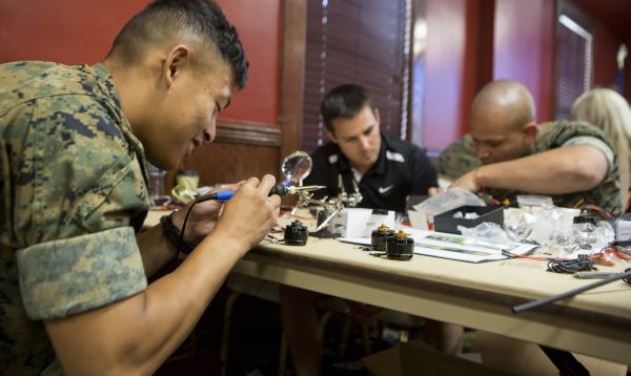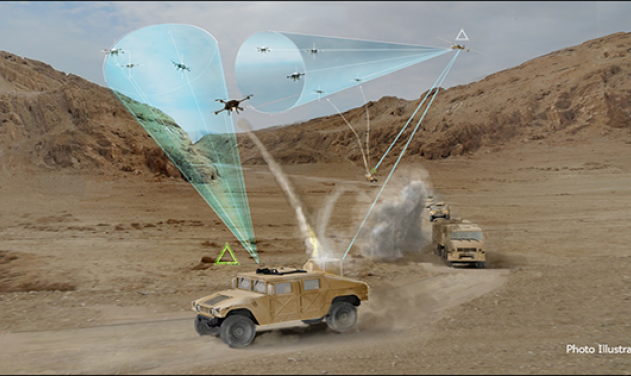DJI Proposes Systems For Managing And Monitoring Drone Traffic

DJI, the provider of civilian drones and aerial imaging technology, outlined two approaches to better manage and monitor flight paths for safe flow of the drone traffic at the International Civil Aviation Organization (ICAO) Drone Enable conference in Montreal last week.
According to the press release dated September 23, DJI disclosed a working system that detects the radio signals transmitted by its drones and displaying them on a screen where authorities can view their registration numbers and monitor their activity.
“Rather than develop complicated new systems using untested technology, DJI believes industry and government can address these challenges with equipment available today, and without requiring every drone flight to be permanently recorded in a government database,” said Walter Stockwell, DJI Director of Technical Standards.
At the ICAO conference, DJI proposed two white papers which is the base of DJI’s new drone working system. The main goal is to provide a robust system for managing and monitoring drone traffic, without requiring new equipment or a massive new database of all drone flights.
The first approach says the unmanned traffic management (UTM) systems do not require a centralized control center to establish flight paths and help drones avoid traditional aircraft, fixed obstacles and each other. Instead, drones can directly coordinate their flight paths and avoid obstacles by using On-board Anti-collision Technologies (OATs) already found on many civil drones, such as obstacle sensing systems and radio transmitters and receivers communicating with other drones.
“Because OATs are less complex than an end-to-end automated traffic management system, because they present fewer points of failure, and because they can be deployed with no required investment in ground-based infrastructure, we expect these technologies will receive regulatory approval well before a networked UTM system will,” the first white paper states.
Another outlined an electronic identification framework for small drones, in which drones use their existing command-and-control radio or wifi link to transmit a registration number and other basic information such as its speed, direction and location. Rather than force every drone to transmit that information over wireless networks to a centralized server, no matter how innocuous their flight, DJI believes authorities should be able to use local sensors to obtain that information from drones that approach sensitive areas or have been the subject of a complaint.
The firm says that its new working system can be easily adapted to use similar wireless transmission protocols on drones from other manufacturers as well as hobbyists and inventors. DJI has deployed the system for testing and evaluation at two international airports since April 2017.
Stockwell, who delivered both papers to the ICAO conference added: “This approach protects the privacy rights of drone operators, limits the risk of central system failure, and makes it easier to fully unlock the potential of drones. We stand ready to work in partnership with industry and government to achieve these goals and make drones work better for everyone”.











